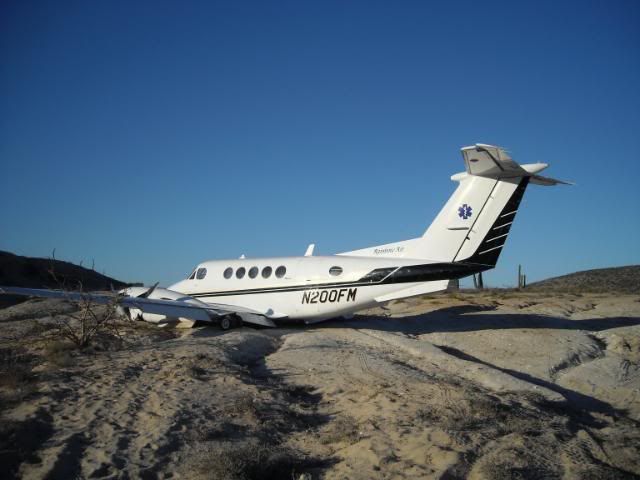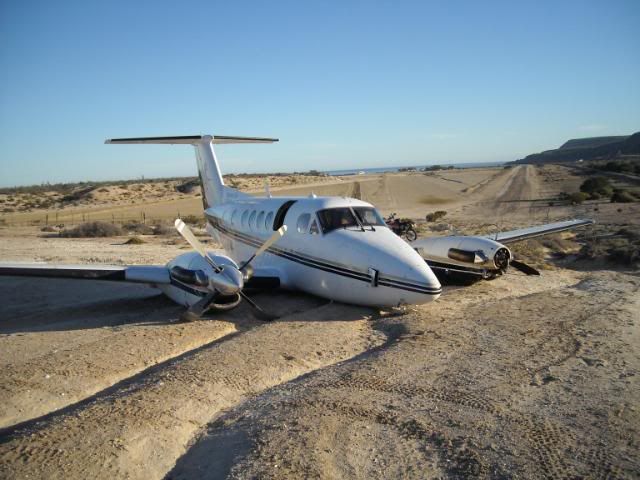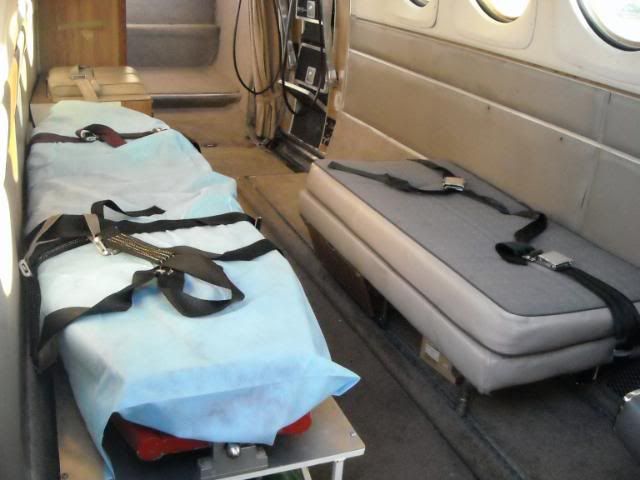mkeflyer
New Member
Not much farther than the scene of the crash.
You'd beat the ambulance by about 20 mins.
Not much farther than the scene of the crash.
I didnt really swear I just put stars there so you guys could use your imagination.:laff:
Wassila? Ain't that Palin country?
Best Glide Speed in the 1900C was 125kts, we also had a memory item for volcanic ash since we flew down to dutch harbor all the time.
ha ha what was that "don't" :laff:
no really I am curious.
I dunno about a King Air but a Merlin doesn't glide for ####. Merlin's also don't have auto-igniters. The two facts are related.
my understanding is that an airplane's best glide angle is based on the maximum ratio of lift over drag (L/Dmax).
I'm not an aerodynamics expert, but my understanding is that an airplane's best glide angle is based on the maximum ratio of lift over drag (L/Dmax). Since larger, faster airplanes are usually much cleaner aerodynamically than the trainers in which we all practiced engine-out glides during primary training, they can often have L/Dmax values that are significantly higher. Therefore, they can glide farther, which can be said to be "better." However, the kicker is that they often have to fly much faster than a Cessna or Piper to be at their best glide speed, so the descent rate ends up being quite high.
Again, not an expert on this so please chime in if I've got this wrong.
I have never flown a king air but I do know that twins drop like a rock even when both engines are idled..
Strange, the Merlin IV I flew had auto ignition and an override to on if you had super heavy precip.
=Jason-
I'm not an aerodynamics expert, but my understanding is that an airplane's best glide angle is based on the maximum ratio of lift over drag (L/Dmax). Since larger, faster airplanes are usually much cleaner aerodynamically than the trainers in which we all practiced engine-out glides during primary training, they can often have L/Dmax values that are significantly higher. Therefore, they can glide farther, which can be said to be "better." However, the kicker is that they often have to fly much faster than a Cessna or Piper to be at their best glide speed, so the descent rate ends up being quite high.
Again, not an expert on this so please chime in if I've got this wrong.



